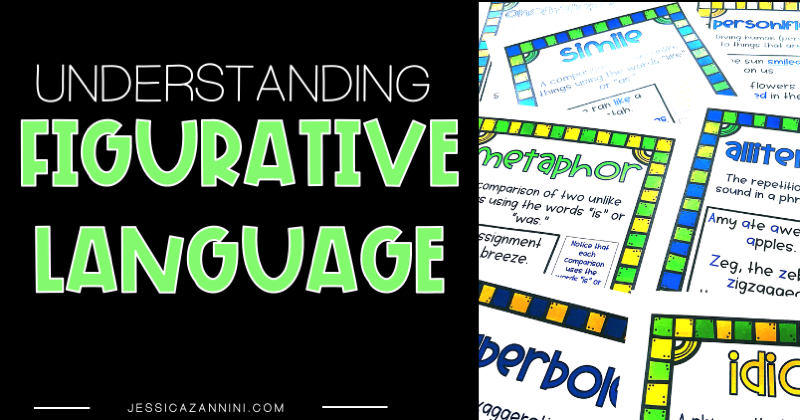
Figurative language is one of the hardest parts of the English language to understand. It is especially difficult for those ESOL students who are still learning the language. It is hard to not take the words people say literally.
It’s raining cats and dogs?
Her smile is the sun.
I love you to the moon and back.
The other day I asked my two-year-old son, “What would you like for a snack, monkey?”
He responded, “I not a monkey, I Benicio.”
Learning to not take everything literally is a tough task when you are learning a language. It doesn’t matter if you are still learning your native language or tackling a new one.
Figurative language is a lesson you need to teach time and time again. The more opportunities they have to read, write, and understand figurative language, the easier it will be for them to grasp the nonliteral meanings.
Use these tools and and ideas to help students build an understanding of figurative language.
Figurative Language Definitions
These Figurative Language Posters will help teach students the difference between each type of figurative language. They are great for a wall display, literacy centers, and student writing notebooks. (Click the image or highlighted text to learn more).
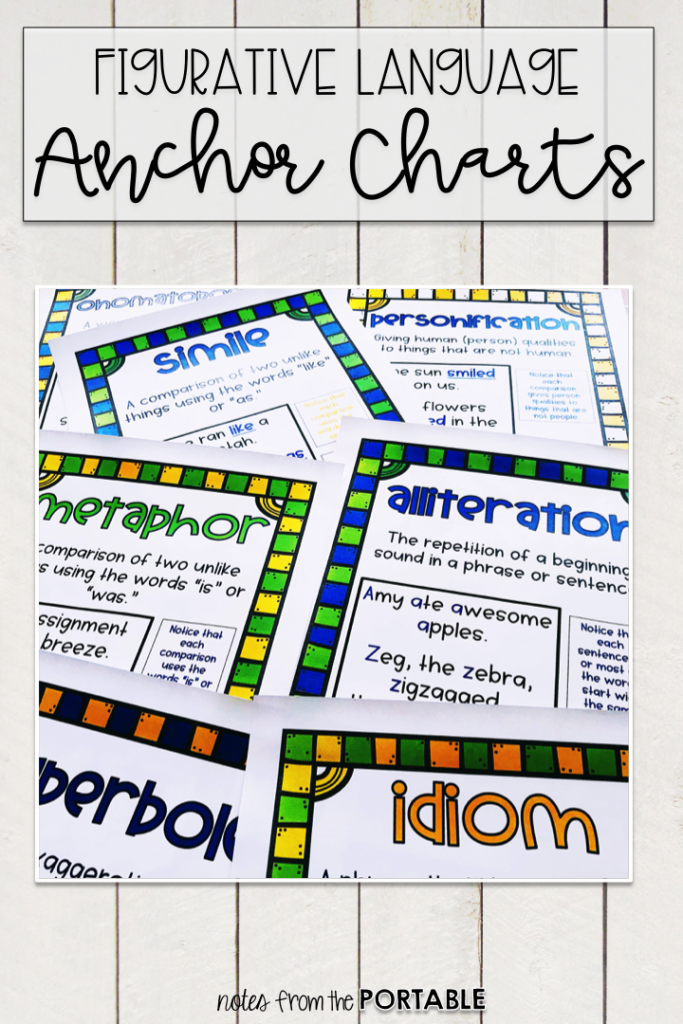
Use this FREE Figurative Language QR Code activity to engage students and use technology skills. (Please note that all sharing settings are on. If you get a request to share the settings it is due to a school server block. Please check that your school allows access to Google Documents before starting this lesson).
Get the FREE Figurative Language QR Code activity.

3. Read books with figurative language to help students learn to identify and find figurative language.
- Quiet as a Cricket by Child’s Play Int Ltd
- You’re Toast and Other Metaphors We Adore (Ways to Say It) by Picture Book Windows
- Skin Like Milk, Hair of Silk: What are Similes and Metaphors by Brian P. Cleary
- Even More Parts by Ted Arnold
- The Little House by Virginia Lee Burton
- Monster Trucks by Anika Denise
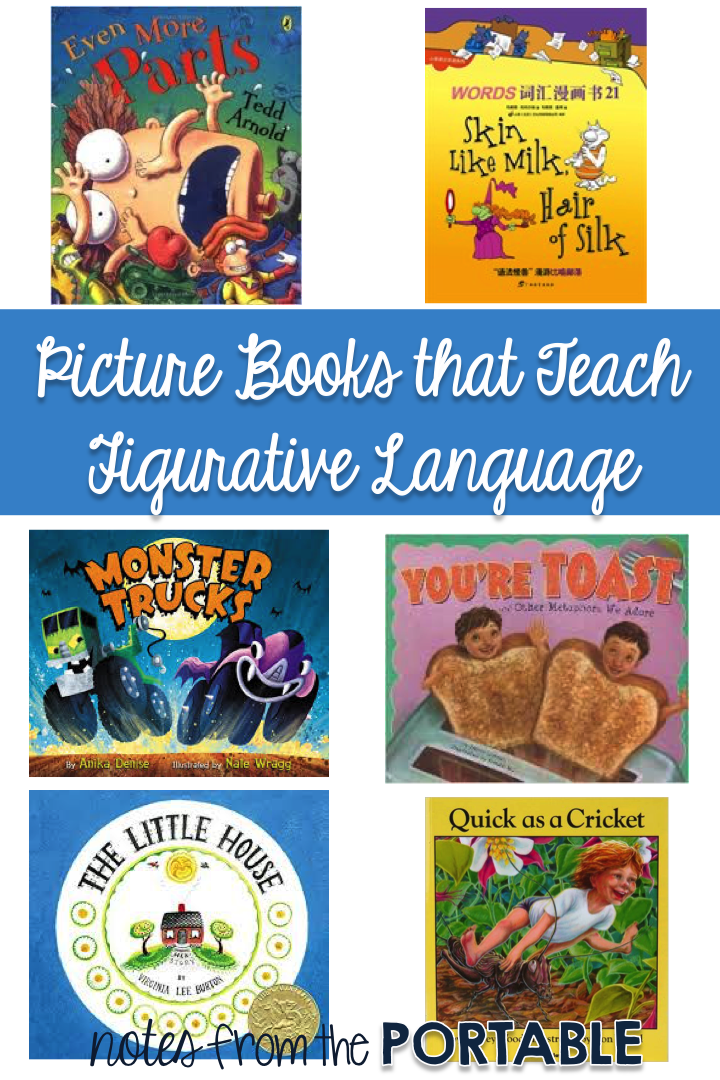
Don’t forget to grab your Figurative Language FREE QR Code lesson HERE! (Click the link.) Want more ideas? These posts have more ideas and freebies on creative writing, poetry and managing writer’s workshop.
– How to Teach Poetry (Even If You Hate It)

– How Creative Writing Can Build a Love for Writing and Increase Test Scores
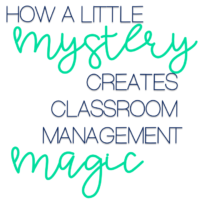
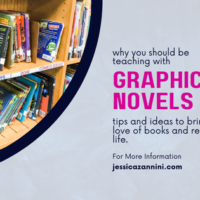



Hi
I am intrigued by your definition of onomatopoeia as in New Zealand we have always taught it as being words that make their own sound e.g. splash, bang, crash etc. Is this different in the US?
Thanks
It is the same here:) . I am so sorry about the image. I will fix that ASAP! Thanks for pointing it out to me.
Jessica
Love your work! <3